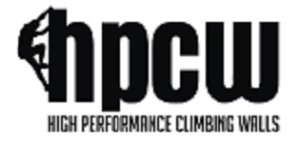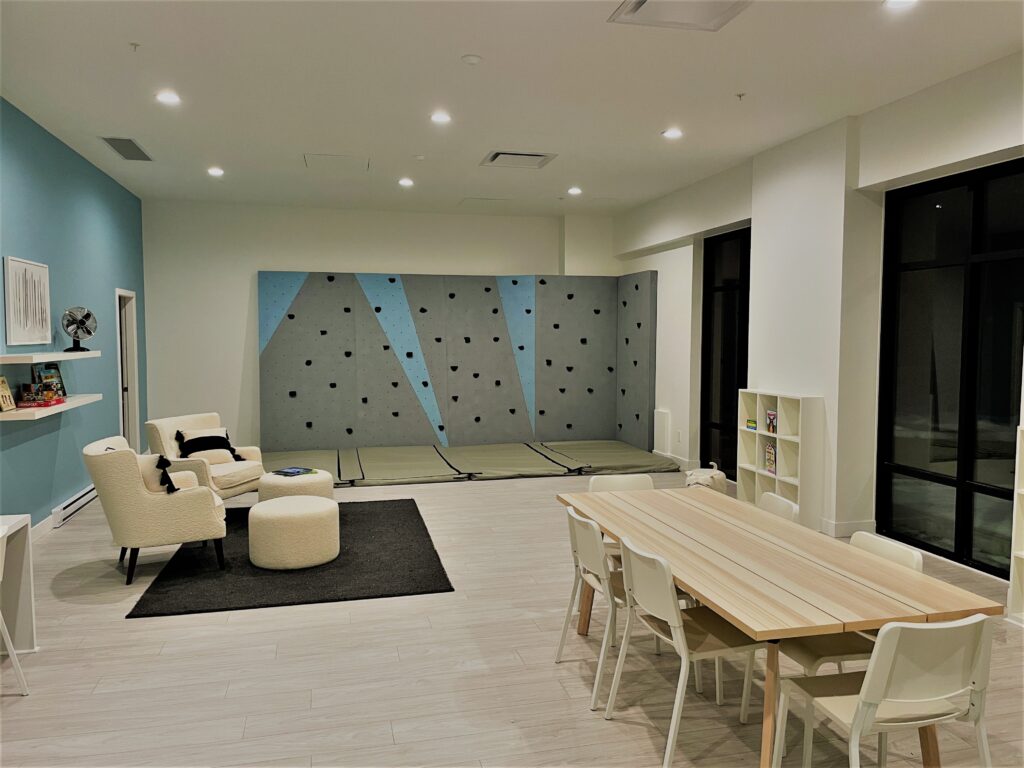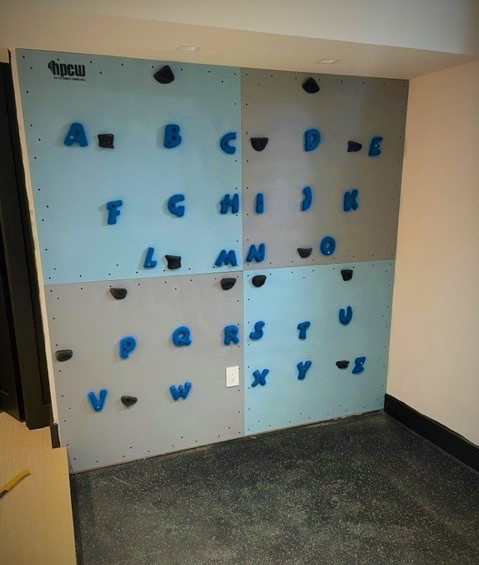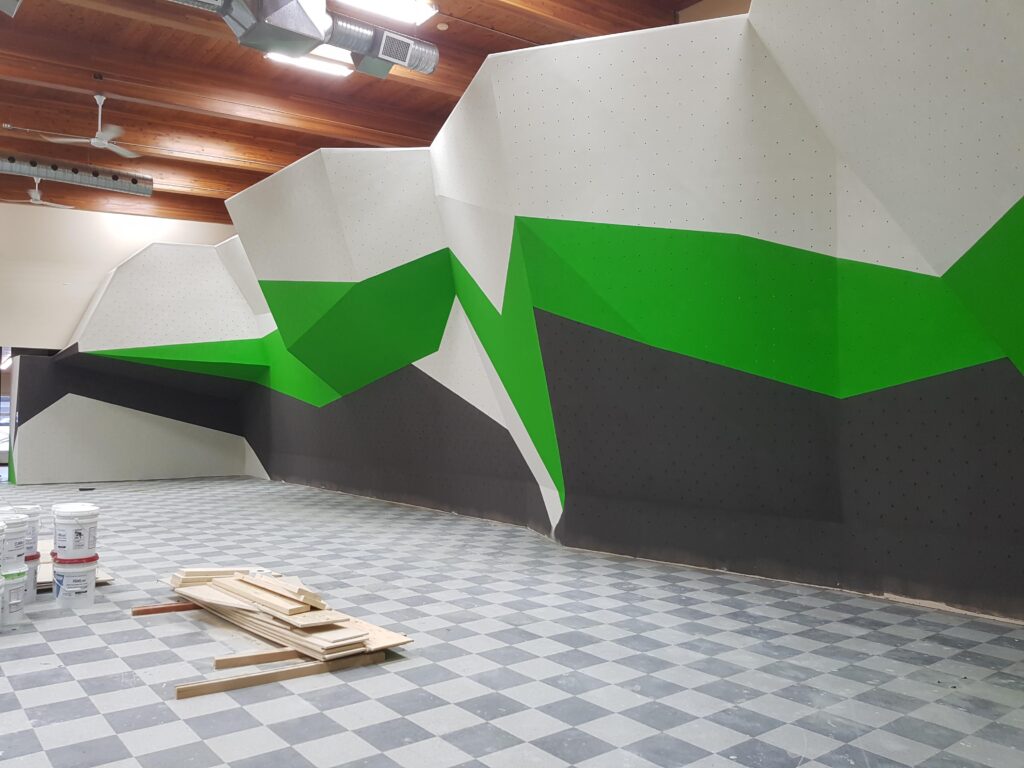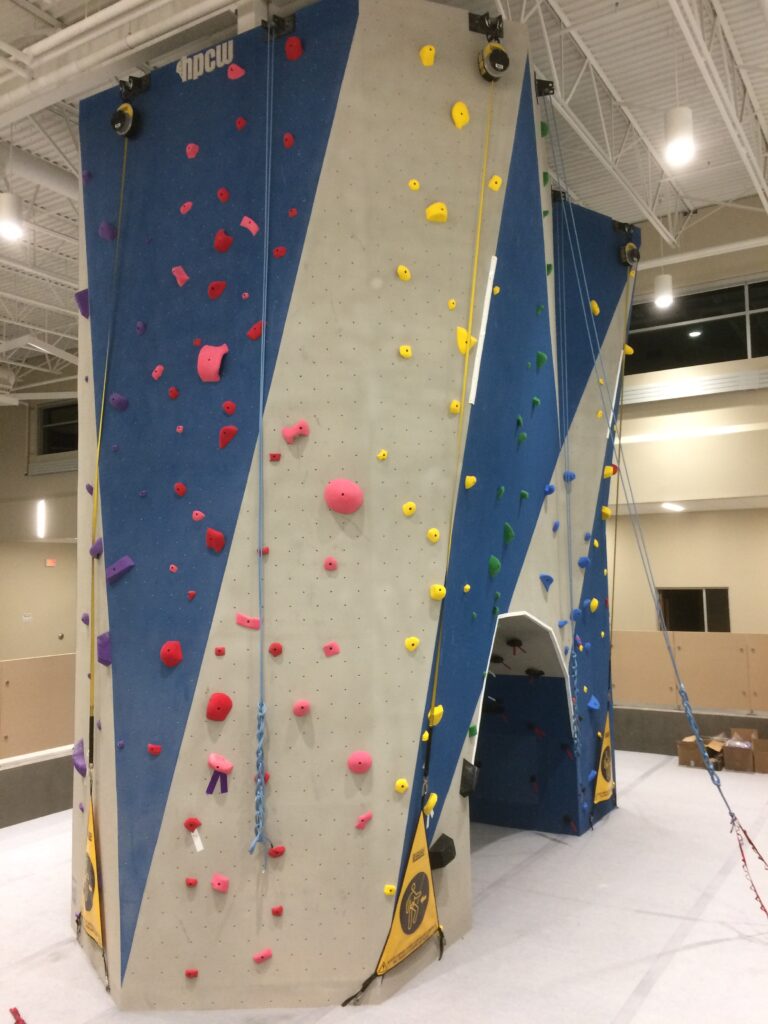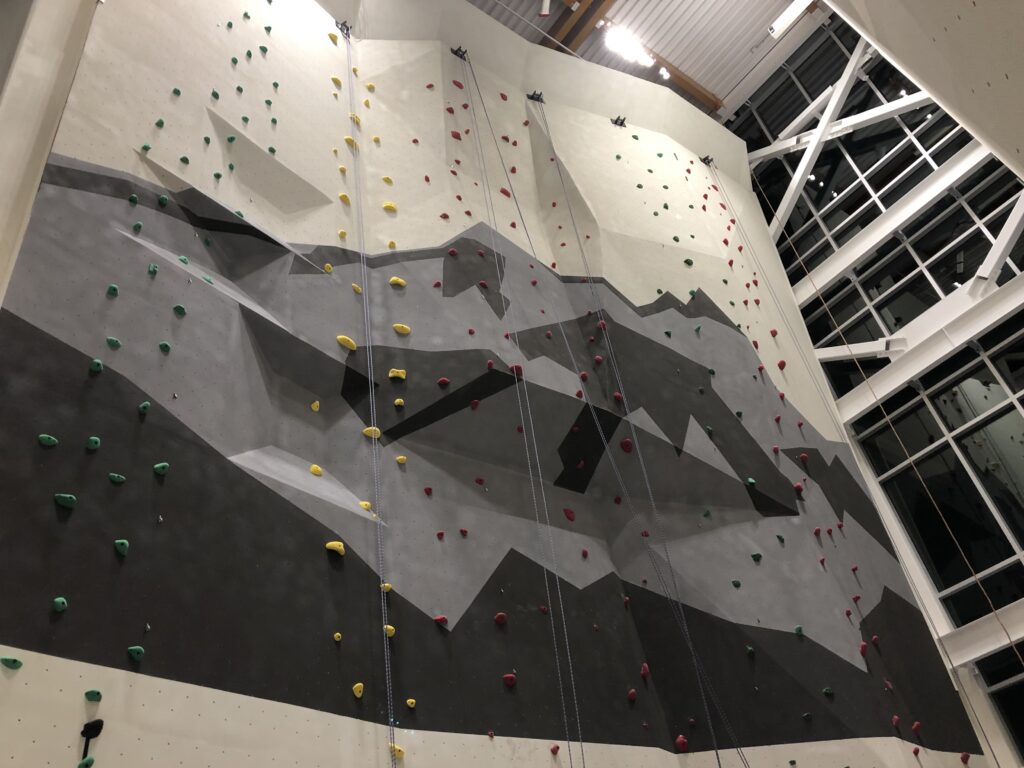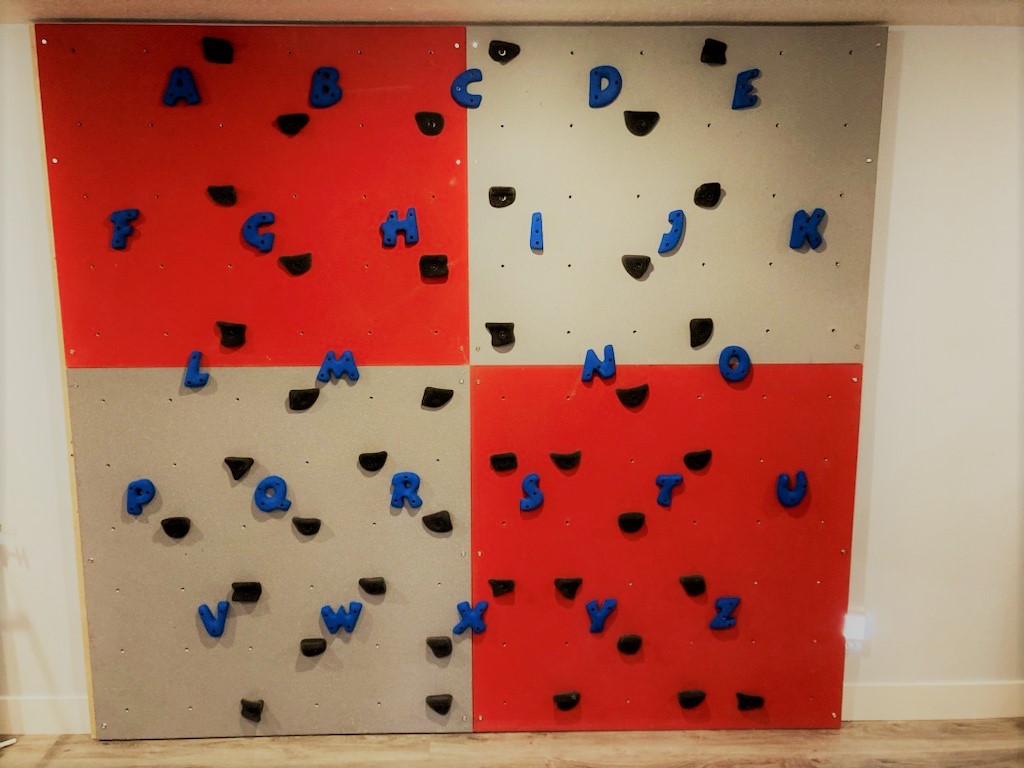Operations and Risk Management Procedures – General FAQ’s
I had to answer a customer’s questions regarding Climb Base 5’s Operations and Risk Management Procedures, and I am posting them here as I thought they would be useful for anyone in the business, or seeking to get into it:
- The climbing walls are engineered to the CE Standard 12572 for Artificial Climbing Structures and the Climbing Wall Association (CWA) Standards by a Professional Engineer designing to those standards and the local building code. This includes things like the spacing and strength of lead anchor points – which admittedly are closer together than one would find outdoors. At the top of the wall the spacing gets a little spicier.
- In so far as the rope goes, we supply users with climbing gym rope that has properties unique and different from outdoor rope: it stretches less and has a thicker sheath. Too dynamic a line can mean users are falling too far, even when top-roping. This tends to be an issue in climbing gyms where the friction in the system already tends to be lower than outdoors. Although some gyms in North America do allow users to bring in their own rope, several incidents in recent history have prompted the Cliffhanger owners to control the type and quality of rope used in the gym. Some users also seem to have safety standards lower than what it sounds like yours might be, and this gets to be a management and liability issue trying to ensure the rope used is appropriate.
- The ropes are all visually inspected daily before gym opening, and staff monitor them throughout the day, week, and month. They are replaced as needed for the walls they are assigned (as you would treat your own rope), as some wear faster than others and a straight-line depreciation method of replacing all the rope doesn’t really reflect the reality of their use. In addition, inspection and documentation of every quickdraw and piece of safety assembly equipment occurs at all gyms.
- The programs and procedures follow the criteria recommended by the Association of Canadian Mountain Guides and the Climbing Gym Instructor program (www.acmg.ca). Rigging the walls falls under these training guidelines as well, and we like to have routes rigged to avoid climbers who pendulum into adjacent climbers. Typically this means avoiding rigging top-rope routes where a swing may be no more than 22.5 degrees off the vertical.
